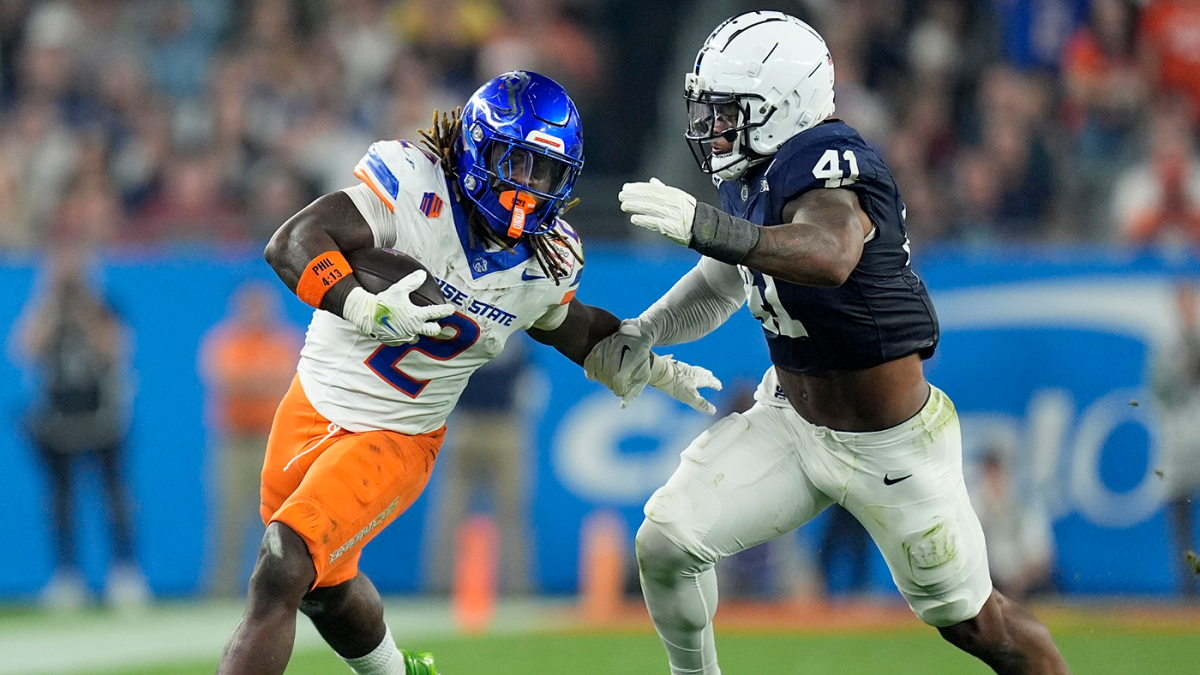World
‘It’s a sign of impending wars’: Why a tense world is betting on gold

“While these are … distinct efforts,” El-Erian said, “they can serve to come together in slowly eroding the absolute dominance of the dollar and of the dollar-payments system.”
On the bandwagon
It will be a long re-balancing. While advanced economies hold as much as 70 percent of their reserves in gold, BRICS central banks typically hold around 10 percent, with most of the rest in dollars. That means that they are likely to stay gold buyers in the long term even if — as is currently the case with the People’s Bank of China — they can hold off when they think prices have gone too far.
But the world’s private investors, as so often, are second-guessing them and jumping on the bandwagon.
Traditionally, gold prices have been correlated to central bank interest rates. When the returns on savings and bonds have gone up, as they have since 2022, gold has typically moved in the opposite direction because it offers no returns. But this time appears to be different. Gold prices rose throughout most of the period when central banks were raising rates — and they’ve risen even faster as the Federal Reserve and European Central Bank have started to cut.
“Traditionally we wouldn’t have really taken any notice of it,” said David Wilson, director of commodity strategy at French bank BNP Paribas. “But it’s obvious that central bank activity has fed through to the psyche of speculative investors. If they’re seeing central banks buying gold, they say ‘we should be buying too’.”
According to data compiled by the U.S. Commodity Futures Trading Commission, the net amount of gold futures held by market participants — a rough proxy for investor buying — has more than tripled in the last 12 months, even though — as BNP’s Wilson noted — central bank buying has clearly eased off this year. Net speculative interest now stands only just below the record level seen at the start of the pandemic.










